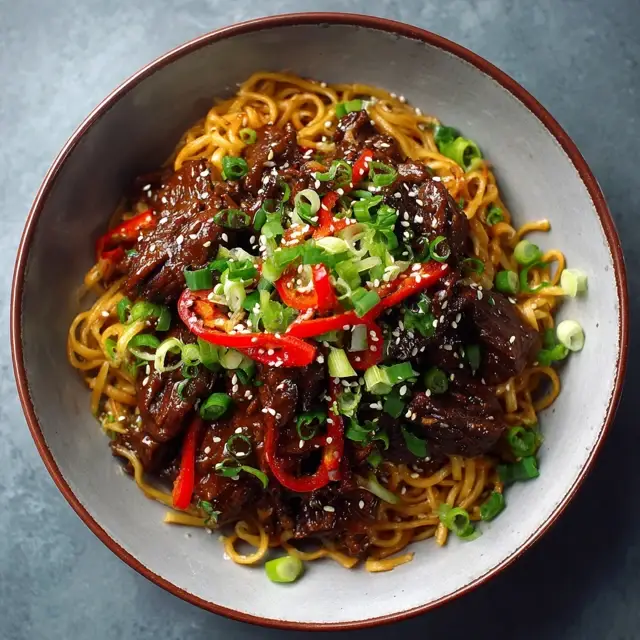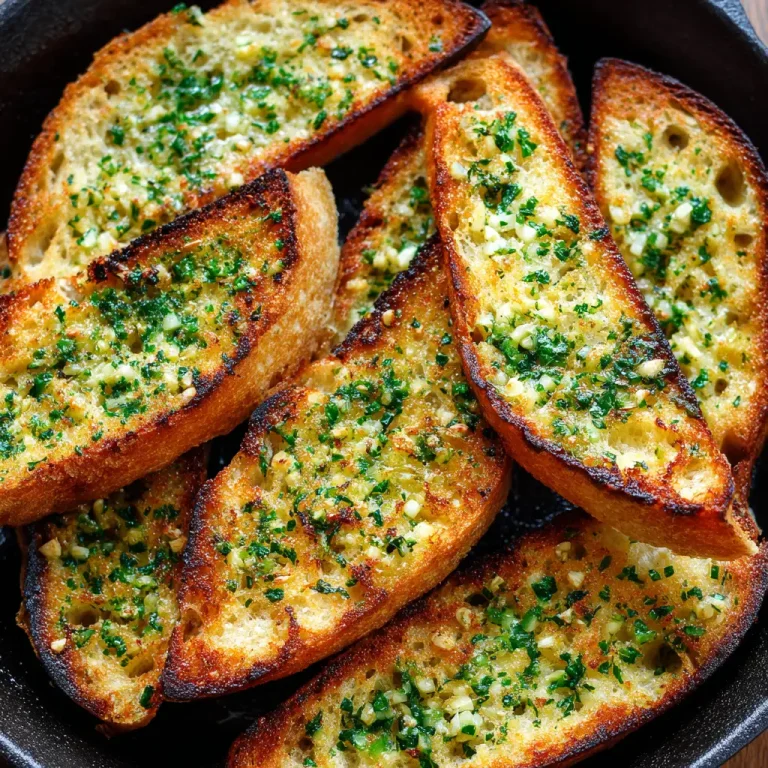Salmon Bowls
Introduction
A warm salmon bowl feels like comfort in every bite. Imagine tender, flaky salmon resting on a bed of steamed rice, surrounded by crisp vegetables, creamy avocado, and a drizzle of flavorful sauce. It is a dish that brings together texture, taste, and nutrition in one satisfying meal. People love salmon bowls because they strike a balance between being wholesome and indulgent. They can be served for lunch, dinner, or even as a light weekend treat.

Cooking a salmon bowl at home is surprisingly easy, and the results often surpass restaurant quality. You control the ingredients, adjust flavors to your liking, and keep everything fresh and clean. Whether grilled, baked, or pan-seared, salmon develops a deep savory richness that pairs beautifully with rice, quinoa, or even greens.
Ingredients Needed
Below is a table listing the key ingredients along with their approximate calorie counts per serving. These values are estimates and can vary slightly depending on specific brands and measurements.
| Ingredient | Quantity | Calories |
|---|---|---|
| Fresh salmon fillet | 6 ounces | 350 |
| Cooked white or brown rice | 1 cup | 200 |
| Soy sauce or tamari | 2 tablespoons | 20 |
| Rice vinegar | 1 tablespoon | 5 |
| Sesame oil | 1 teaspoon | 40 |
| Avocado | ½ medium | 120 |
| Cucumber slices | ½ cup | 10 |
| Shredded carrots | ½ cup | 25 |
| Edamame | ½ cup | 100 |
| Green onions | 2 tablespoons | 5 |
| Sesame seeds | 1 teaspoon | 15 |
| Sriracha or spicy mayo | 1 tablespoon | 60 |
| Lime wedges (optional) | 2 wedges | 5 |
Total approximate calories per serving: 955
Step-by-Step Cooking Instructions
Step 1: Prepare the Salmon
Start by rinsing the salmon fillet under cool water and patting it dry with a paper towel. Place it on a cutting board and remove any small bones with tweezers. Brush both sides lightly with olive oil or sesame oil. Season with a pinch of salt, black pepper, and a small drizzle of soy sauce for depth of flavor.
Step 2: Cook the Salmon
You can cook the salmon in several ways. For a quick meal, heat a skillet over medium heat and sear the fillet for about four minutes on each side until it flakes easily with a fork. For a more delicate taste, bake the salmon in the oven at 400 degrees Fahrenheit for about twelve minutes. Grilling also works beautifully, adding a subtle smoky note.
Step 3: Prepare the Base
While the salmon cooks, prepare your base. Most people use rice, but quinoa, cauliflower rice, or even soba noodles can be used. Cook your base according to package directions and fluff it lightly with a fork before assembling the bowl.
Step 4: Slice the Vegetables
Slice cucumbers thinly, shred the carrots, and cut the avocado into neat slices. Fresh vegetables add crunch and color, balancing the rich flavor of the fish. If you enjoy a tangy bite, sprinkle the cucumbers with rice vinegar and let them sit for a few minutes before serving.
Step 5: Build the Bowl

In a wide bowl, start with a layer of rice or grains. Place the cooked salmon on top, gently breaking it into large chunks with a fork. Arrange your vegetables neatly around the fish. Add edamame, avocado, and carrots in separate sections for a visually appealing presentation.
Step 6: Add the Sauce
Drizzle soy sauce, sesame oil, or your favorite dressing over the top. Many people enjoy a touch of spicy mayo or a spoonful of sriracha for heat. A squeeze of lime over the entire bowl adds brightness that ties all the flavors together.
Step 7: Garnish and Serve
Finish by sprinkling sesame seeds and chopped green onions. The bowl should look vibrant and fresh. Serve immediately while the salmon is warm and the vegetables crisp.
Tips for Customizing the Recipe
Every salmon bowl can be personalized to suit your taste or dietary needs. Here are some ways to make it your own.
- Grain Options: Instead of white rice, try brown rice, jasmine rice, or quinoa. Each gives a slightly different texture and flavor.
- Protein Variations: Substitute the salmon with tofu or shrimp for variety.
- Sauce Creativity: Mix Greek yogurt with lime juice and honey for a creamy dressing, or use teriyaki sauce for a sweeter flavor.
- Vegetable Variety: Add pickled radish, seaweed salad, or roasted sweet potato for more depth and color.
- Spice Level: Control the heat by adjusting the amount of sriracha or chili oil.
Customizing your salmon bowl keeps the dish exciting and helps reduce food waste by allowing you to use whatever is in your kitchen.
Nutritional Information
Salmon bowls are nutrient rich and support a balanced diet. A single serving provides high quality protein, healthy fats, and essential vitamins.
- Calories: Around 950 per serving (can be reduced by using less oil or rice)
- Protein: 40 grams
- Fat: 35 grams (mostly healthy fats from salmon and avocado)
- Carbohydrates: 80 grams
- Fiber: 8 grams
- Omega 3 Fatty Acids: Excellent source
This dish is a wholesome meal that promotes heart health, supports muscle recovery, and provides long lasting energy. Choosing brown rice or quinoa increases fiber, while reducing sauce portions helps cut sodium.

Serving Suggestions
A salmon bowl tastes best when served warm with a variety of sides or garnishes. Try adding a bowl of miso soup or a light cucumber salad to complete the meal. For an extra layer of freshness, serve with sliced citrus or a small sprinkle of chopped herbs like cilantro or dill.
If serving for guests, create a “build your own bowl” bar with different toppings such as roasted vegetables, pickled onions, or spicy sauces. It encourages creativity and ensures everyone gets a bowl that fits their taste. A chilled green tea or sparkling water with lemon pairs beautifully with the dish.
FAQs
Q1: Can I use frozen salmon for this recipe?
Yes, frozen salmon works well. Thaw it completely in the refrigerator and pat it dry before cooking to prevent excess moisture.
Q2: How long can I store leftover salmon bowls?
Store leftovers in an airtight container in the refrigerator for up to two days. Reheat the salmon gently in a skillet or microwave before serving.
Q3: Can I make this recipe gluten free?
Absolutely. Use tamari instead of soy sauce and ensure your other ingredients are certified gluten free.
Q4: What sauces pair best with salmon bowls?
Spicy mayo, ponzu sauce, sesame ginger dressing, or even a light miso glaze complement salmon beautifully.
Q5: Is it possible to meal prep salmon bowls?
Yes. Prepare the components separately and assemble before eating to keep the vegetables fresh and crisp.
Conclusion
Cooking a salmon bowl at home feels rewarding and deliciously simple. Each bite delivers a mix of flavors that are comforting yet refreshing. The soft salmon, crisp vegetables, and fragrant rice come together in perfect harmony. Whether you prepare it for a weekday lunch or a cozy dinner, this meal brings joy to the table.






